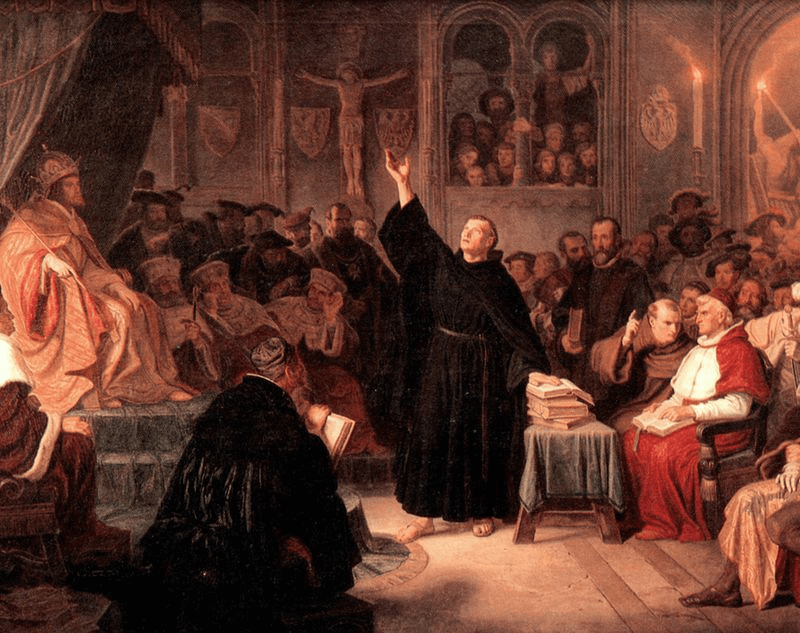The United Reformed Church (URC) occupies a distinctive place within the landscape of Christianity in the United Kingdom, bridging historical divides while fostering unity amid diversity. Are you curious about how this relatively modern denomination fits into the broader tapestry of Protestantism? Beyond its theological distinctions lies a rich narrative, marked by the interplay of tradition, congregational identity, and ecumenical ventures.
The roots of the United Reformed Church can be traced back to the tumultuous Reformation in the 16th century, which saw the emergence of various Protestant movements across Europe. This era was characterized by a challenge to the established norms and doctrines of the Roman Catholic Church, ushering in an epoch of renewed theological inquiry. The formation of the URC in 1972 was not merely a product of doctrinal evolution but a response to the need for unity among existing traditions, specifically the Congregational and Presbyterian churches in England. Such dialogues were crucial, as they sought to reconcile differing views while embracing a shared commitment to the core tenets of the Christian faith.
At its inception, the United Reformed Church was a deliberate step towards a more inclusive expression of Protestantism. It was founded on the principles of ministerial leadership, an emphasis on the priesthood of all believers, and the belief that faith should be engaged with the socio-political realities of the contemporary world. This approach not only shaped worship practices but also dictated the church’s involvement in societal issues, making it a relevant player in modern debates on morality, justice, and human rights.
Within the URC, a unique understanding of scripture and tradition flourishes, allowing for theological discourse that is both dynamic and reflective. Members often perceive their church as a sanctuary capable of embracing diverse interpretations of the Bible, where critical scholarship and experiential faith converge. This environment can be exhilarating yet perplexing, as congregants navigate the myriad interpretations of Scripture while endeavoring to remain rooted in a collective ecclesiastical identity.
One may wonder how the URC distinguishes itself from other Protestant denominations, such as Baptist, Methodist, or Anglican traditions. The notable aspect lies in its governance structure and worship style. The URC operates on a synodical system, promoting collective decision-making among its congregations. This model encourages local churches to collaborate and engage in matters of doctrinal significance while upholding the autonomy of individual congregations. This governance style is a testament to its commitment to democratic expressions of faith and can sometimes elicit questions surrounding authority and accountability within the church community.
The incorporation of lay leadership in ministry roles is another defining characteristic of the United Reformed Church. Unlike some denominations that maintain a pronounced clerical hierarchy, the URC promotes a collaborative ministry among both clergy and laity. This collaboration reflects an understanding of the church as a body where every member’s gifts are recognized and utilized for the common good. As such, this model invites congregants to actively participate in church life—challenging the notion of passivity in spiritual engagements.
In terms of worship, the URC embraces a diverse spectrum of liturgical styles, ranging from traditional hymnody to contemporary praise. While some congregations may lean towards more formal worship practices, others adopt a less structured approach, favoring informal gatherings marked by spontaneous prayer and communal reflection. Such variety enriches the worship experience, allowing members to engage with their faith in ways that resonate personally and spiritually.
Moreover, the United Reformed Church maintains an ecumenical spirit—actively seeking collaboration with other Christian denominations and faith traditions. This commitment to ecumenism raises intriguing questions: What are the implications of such dialogue for theological integrity, and how do differing beliefs coexist within this framework of cooperation? The URC’s quest for unity is both laudable and challenging, as it navigates the complexities of truth and relational harmony.
Another pivotal aspect of the URC’s identity is its social theology, which emphasizes justice, peace, and reconciliation. The church has historically engaged with social issues, advocating for the marginalized and voicing opposition to systemic injustices. This stance presents a profound challenge—not just for the church but for each believer: How do we, as individuals and collectively as a church community, ensure that our faith is indistinguishably linked to our actions in the world? This query lies at the heart of what it means to live out a Christian faith that is both personal and profoundly communal.
As the United Reformed Church continues to evolve in the 21st century, it faces both opportunities and challenges that necessitate reflection and discourse. The influx of new members, demographic changes, and shifting cultural narratives influence the URC’s mission and outreach strategies. How can the church maintain relevance without compromising its core beliefs? This balancing act will determine its ability to reach future generations, fostering a resilient faith that resonates with both historic roots and contemporary realities.
Ultimately, the United Reformed Church serves as a microcosm of the broader Protestant movement in the UK. It invites its members to explore their faith dynamically, engage with one another meaningfully, and serve their communities with conviction. As congregants participate in the life of the church, they find themselves challenged to think deeply and act justly—a calling that resonates profoundly against today’s socio-political backdrop.
Through its progressive stances, emphasis on unity, and commitment to social justice, the United Reformed Church continues to carve out a vital role within the ever-evolving tapestry of Christianity. In doing so, it remains a living testament to the power of dialogue, discernment, and a collective quest for truth in a fragmented world.



